Hanging artwork can be a challenge whether it’s deciding on the correct size and shape, the height it should be hung or the configuration of hanging several pieces together. Like most areas of interior design there are some simple guidelines that can take a lot of the mystery out of this process!
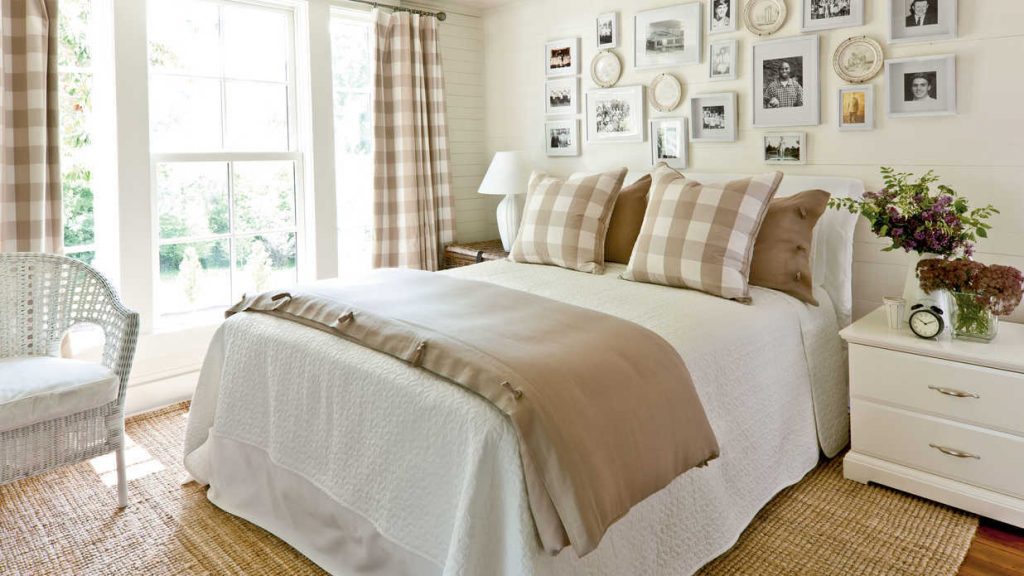
Start by deciding how much wall space you want to fill. Is it an entire wall or a specific area over a sofa or bed? Once that decision has been made if you will tape off the space (with painters’ tape) this will also give a visual of the area or you can lay the artwork on the floor and arrange there first. If you have artwork already you can use craft paper to trace the shape of each piece you plan to hang in the space and then tape the paper in place. Start with your largest frame and work your way out from there. If the largest item is placed in the middle of the space balance this out with pieces flanking the item with matching shapes (if you place a rectangular item in the center, you can flank this with 2 items on either side that will give the same look as the rectangle). Keep in mind when hanging art of different sizes, pictures should be lined up by their center lines not the tops of the works.
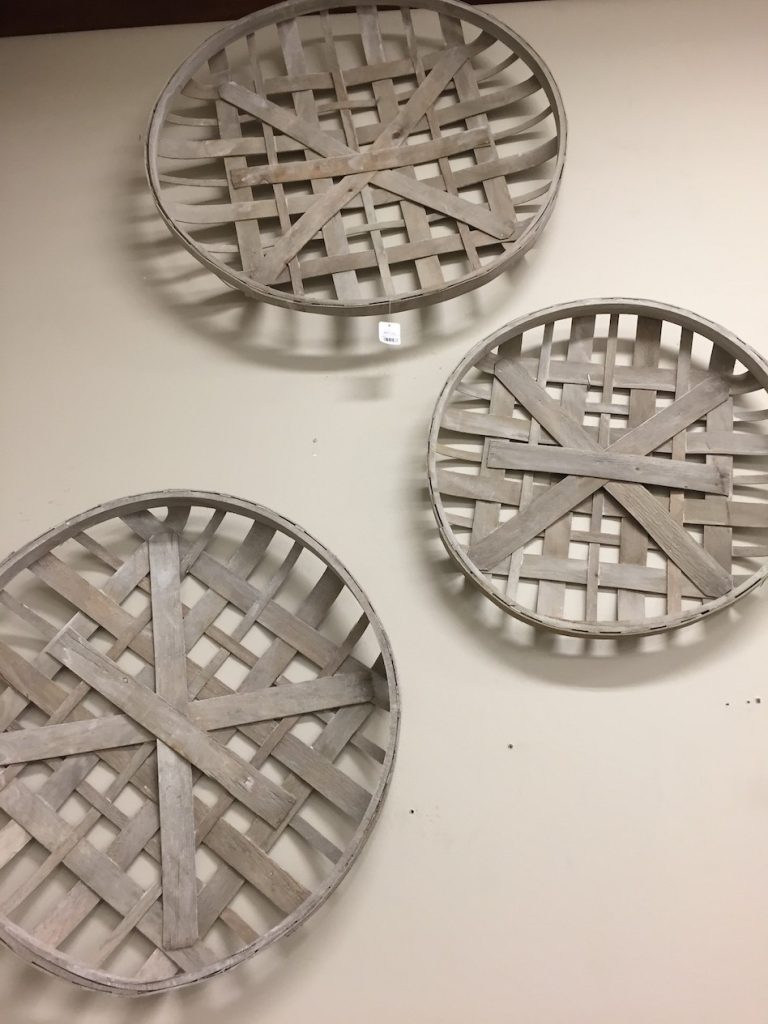
A single painting or the main piece in a grouping should generally be hung at eye level (for an average person!). When in doubt, hang on the high side. A series of identical prints should be hung closer together 2-2 ½ inches apart) than pieces of different sizes and shapes (3-4 inches apart).
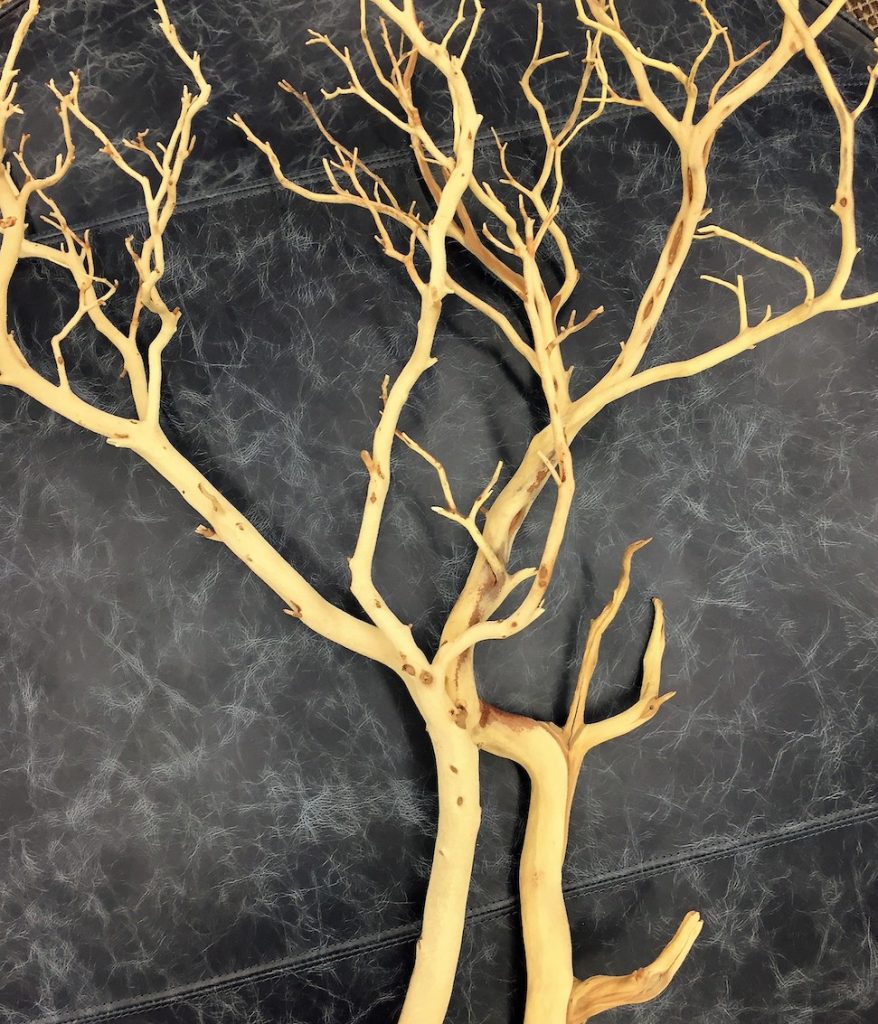
Hallways: In a long hallway place photos or art only on one side. It is impossible to look at both sides of the hall and having art on both walls closes in the space.
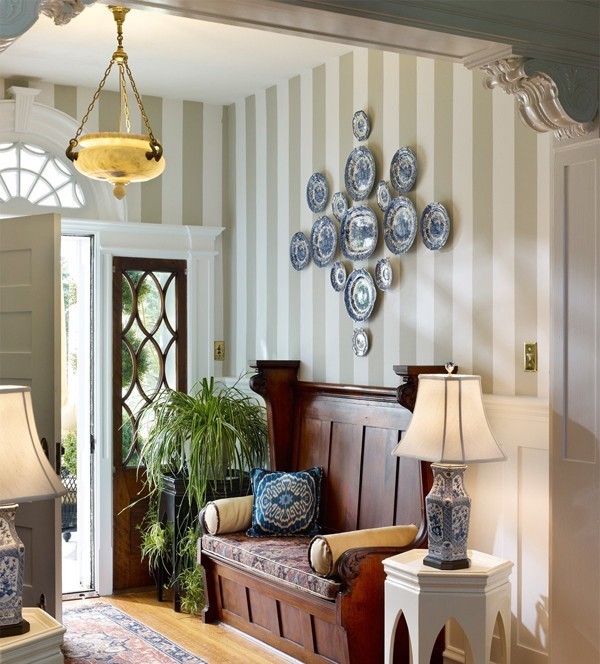
Wallpaper: You can hang art on patterned wallpaper or fabric if the art is a different scale, has enough white space around it or is visually stronger than the background on which it is going to hang. Prints should have a solid matt to distinguish the image from the wallpaper.
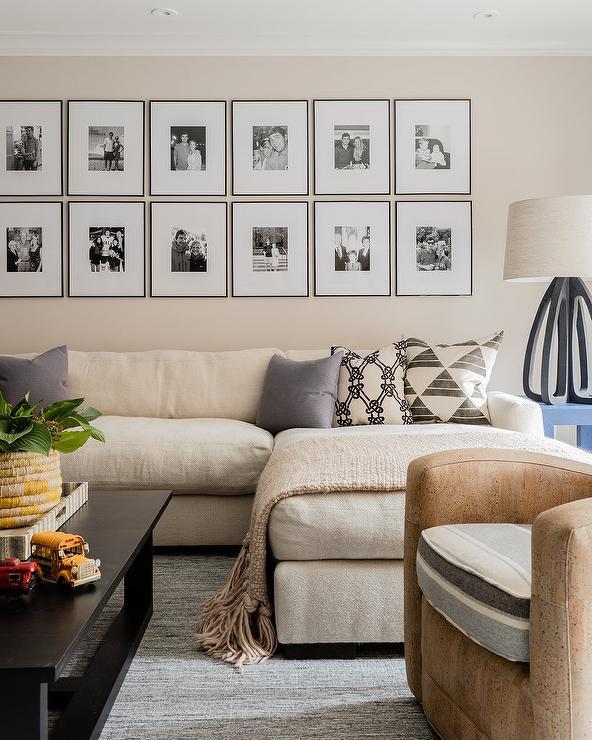
If you have a large space to fill, consider adding three dimensional items into the arrangement to keep the area from appearing flat. For instance, plates, baskets, twigs, wreaths or metal sculptural objects.
